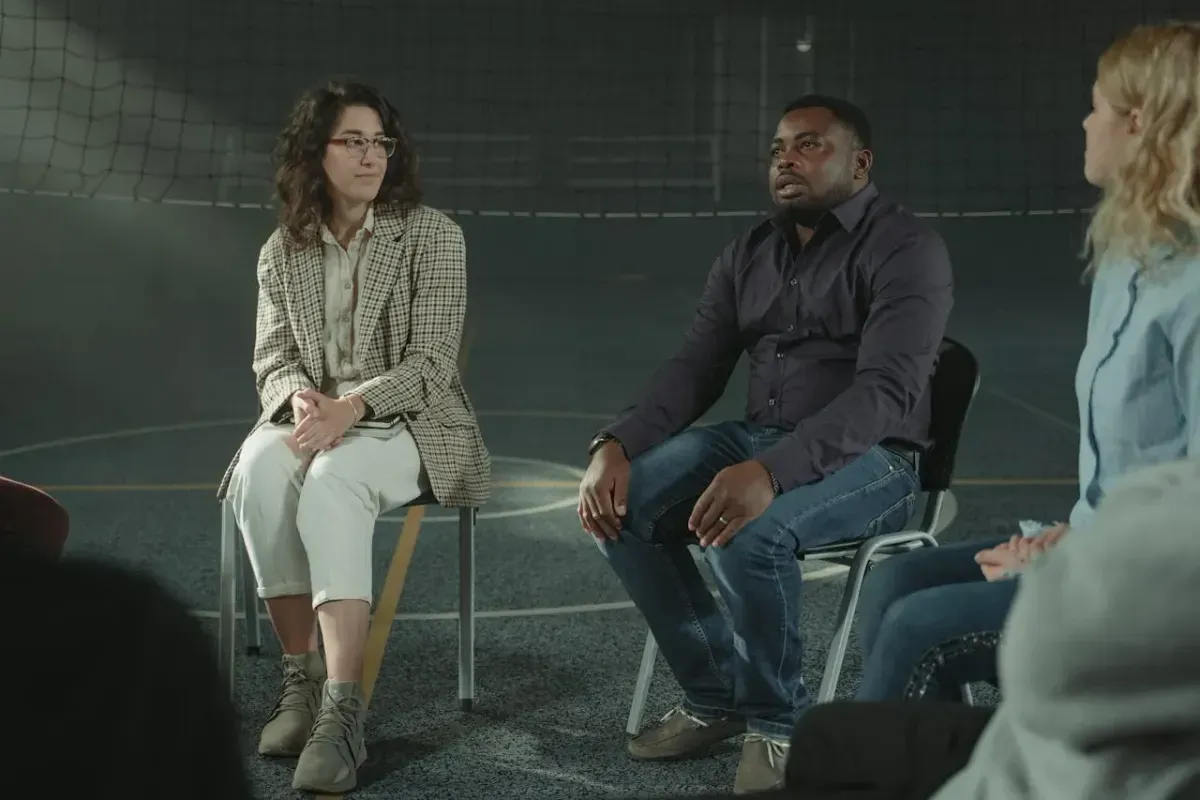
Closing Activities for Group Therapy
Craft effective group therapy closing activities that reinforce learning, foster reflection, and build connection. Learn tips, activity types, and facilitation strategies.
Get carepatron free
Commonly asked questions
To effectively end group sessions, the facilitator should summarize key points discussed, invite participants to share their thoughts or feelings about the session and provide a sense of closure by reinforcing the progress made. This process helps participants feel acknowledged and prepares them for future sessions.
Concluding a group activity involves reflecting on the group's experiences, discussing what was learned, and allowing participants to express their thoughts or feelings about the activity. This can be facilitated through questions or prompts that encourage sharing.
An example of a closure activity is the "Snowball Fight," where participants write down what they learned on a piece of paper, crumple it into a ball, and toss it around the room. After a brief period, each person picks up a snowball, reads it aloud, and discusses its content, fostering reflection and reinforcing learning in a fun way.







